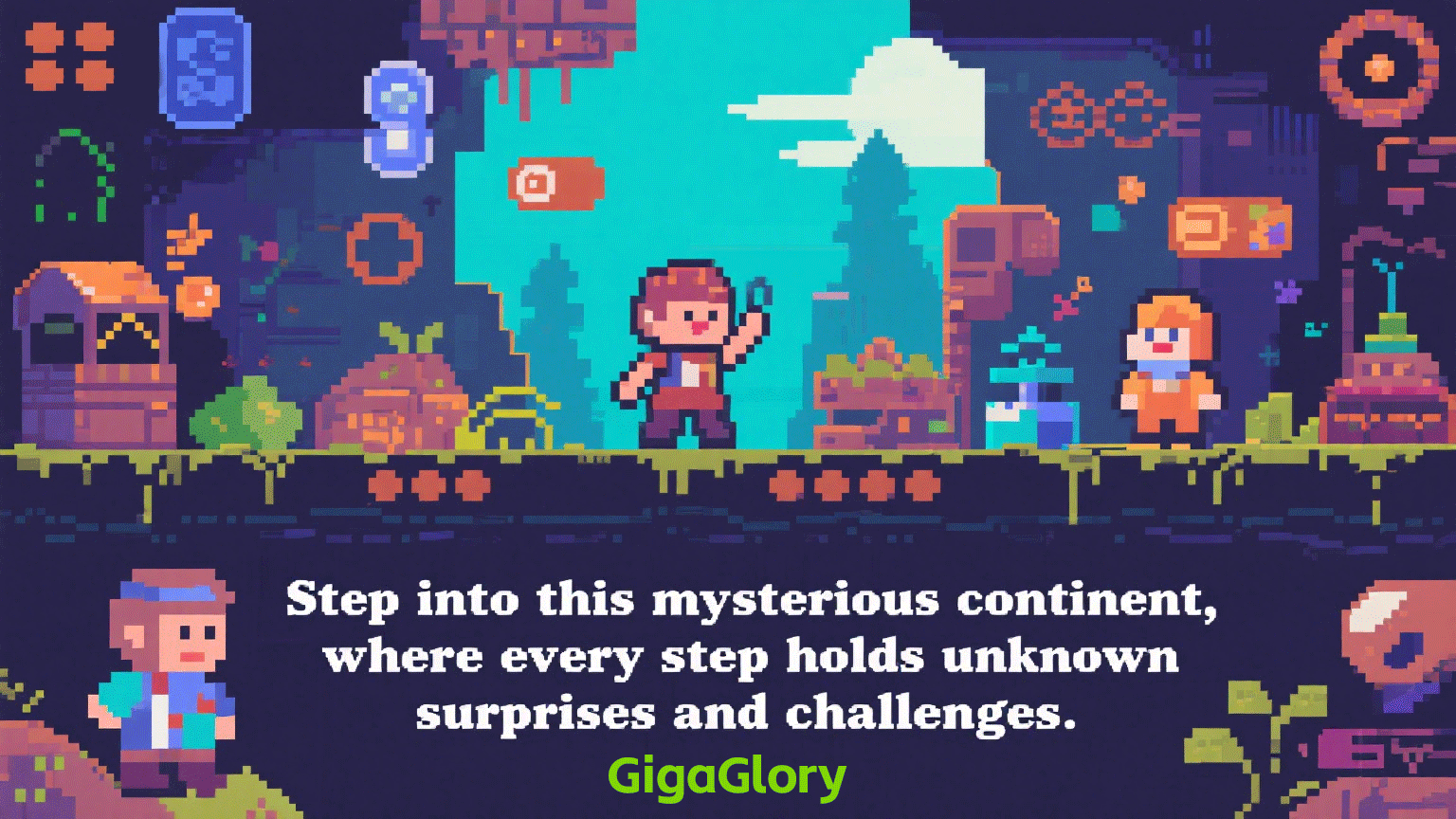Unlocking Fun: How Multiplayer Life Simulation Games Redefine Social Interaction in Gaming
When it comes to gaming, most of us think of epic adventures or high-speed competitions. However, there’s a different genre that's been quietly transforming our understanding of social interactions: multiplayer life simulation games. These games are not just about surviving the world or defeating opponents; instead, they dive deep into the complexities of human relationships, creativity, and community engagement. In this article, we’ll explore how these games are reshaping our social dimensions in the gaming landscape.
The Rise of Multiplayer Games
Over the past few years, the gaming world has seen a meteoric rise in multiplayer games. This surge can largely be attributed to advancements in technology and internet connectivity, enabling players to connect across distances. Multiplayer games invite players to collaborate, compete, and most importantly—interact. How amazing is it to build a community, forge friendships, and experience joyous moments together?
Understanding Life Simulation Games
Life simulation games provide a canvas for storytelling, creativity, and exploration. Within these virtual settings, players can create and control characters’ lives, making decisions that mimic real-life scenarios. From nurturing relationships to managing daily tasks, these games offer insights into social dynamics while providing a platform for imaginative play.
What Sets Multiplayer Life Simulation Games Apart?
Multiplayer life simulation games like *The Sims* or *Animal Crossing* differ from typical gaming experiences. They allow communication and collaboration, often blurring the line between virtual interactions and real-world friendships. Players are immersed in a vibrant universe where their choices impact others, creating a collective narrative that’s both personal and engaging.
Features that Foster Social Interaction
- Collaboration: Many multiplayer life simulations require players to work together, fostering a sense of community.
- Real-time Interaction: Chat functions and voice channels allow players to communicate spontaneously.
- Shared Goals: Players unite for common objectives, making the gameplay experience more rewarding.
- Customization: Players can create characters and spaces that reflect their personalities, inviting others to appreciate their creativity.
Examples of Engaging Multiplayer Life Simulation Games
Here are some popular multiplayer life simulation games that stand out:
| Game Title | Platform | Notable Features |
|---|---|---|
| The Sims 4 | PC, Xbox, PS4 | Extensive character customization, interactive community, online sharing. |
| Animal Crossing: New Horizons | Nintendo Switch | Time-based gameplay, rich world-building, local and online co-op. |
| Stardew Valley | PC, Xbox, PS4 | Farming, cooperative storytelling, relationship-building with villagers. |
The Importance of Story Mode Games for Xbox
Story mode games for Xbox, though mostly focused on single-player, heavily influence the multiplayer life simulation genre. They introduce rich narratives that build emotional connections. Players often find characters or quests relatable, merging storytelling with life simulations. This intersection enhances the immersive experience in multiplayer settings.
Why Players Are Drawn to Social Elements
Social interaction is a core human need. Multiplayer life simulation games embody that with authentic interactions. Players form bonds—whether it's trading resources or throwing seasonal parties. The emotional stakes grow when players know their actions impact friends, making the experience more fulfilling.
Skills Developed Through Multiplayer Life Simulation Games
Engaging in these games isn't just fun; players develop essential life skills:
- Communication: Players learn how to express their thoughts clearly.
- Teamwork: Navigating challenges enhances collaborative problem-solving abilities.
- Creative Thinking: Players think outside the box in creating unique avatars or scenarios.
- Time Management: Balancing tasks within the game cultivates real-world organizational skills.
Challenges of Social Interaction in Gaming
While multiplayer life simulations have many benefits, they aren't without challenges. Toxic behavior, misunderstandings, and the potential for digital harassment can tarnish experiences. Therefore, developers must prioritize creating safe environments with robust reporting systems and community guidelines to foster positive interactions.
Future Trends in Multiplayer Life Simulation Games
The future is bright for this genre! As technology evolves, we may see more realistic graphics and mechanics that further blur the line between virtual and real-world interactions. Innovations like virtual reality (VR) can create even deeper connections between players, transforming ordinary interactions into more enchanting experiences.
A Final Note on ‘Last War Game Fake’
As we segue from multiplayer life simulations, let’s briefly touch upon trends like ‘last war game fake’, which seek to capture the thrilling essence of competition without the emotional depth found in life simulations. While they may attract a different audience, they highlight the diverse landscape of gaming genres and gamers’ varied interests.
Conclusion
In essence, multiplayer life simulation games reimagine social interaction in the gaming world. They not only provide entertainment but also foster meaningful connections, enabling players to grow, share, and collaborate. As we continue to explore this vibrant landscape, it's clear that the essence of gaming transcends beyond just playing; it's about connecting, creating, and sharing experiences with others. Whether you're building a dream home in *The Sims* or designing a community in *Animal Crossing*, the joy of multiplayer interactions remains unmatched and ever-evolving.



